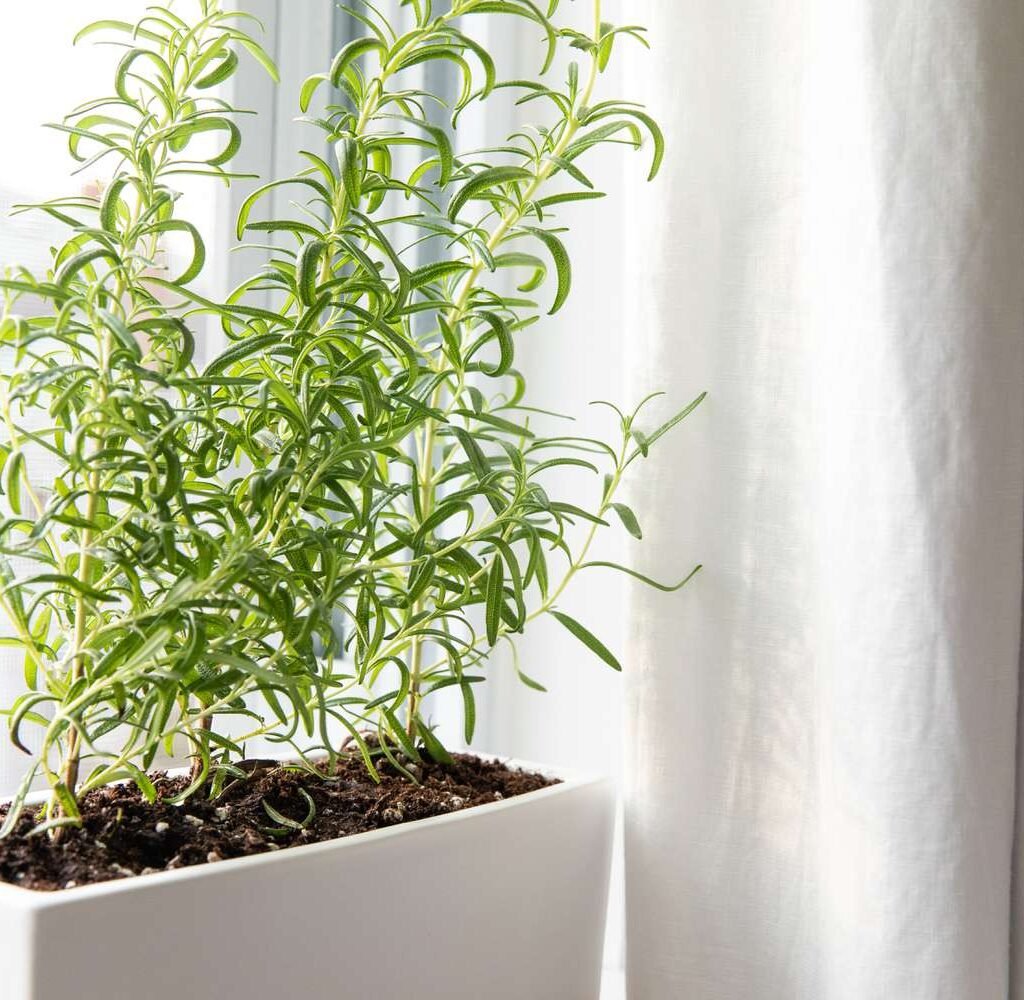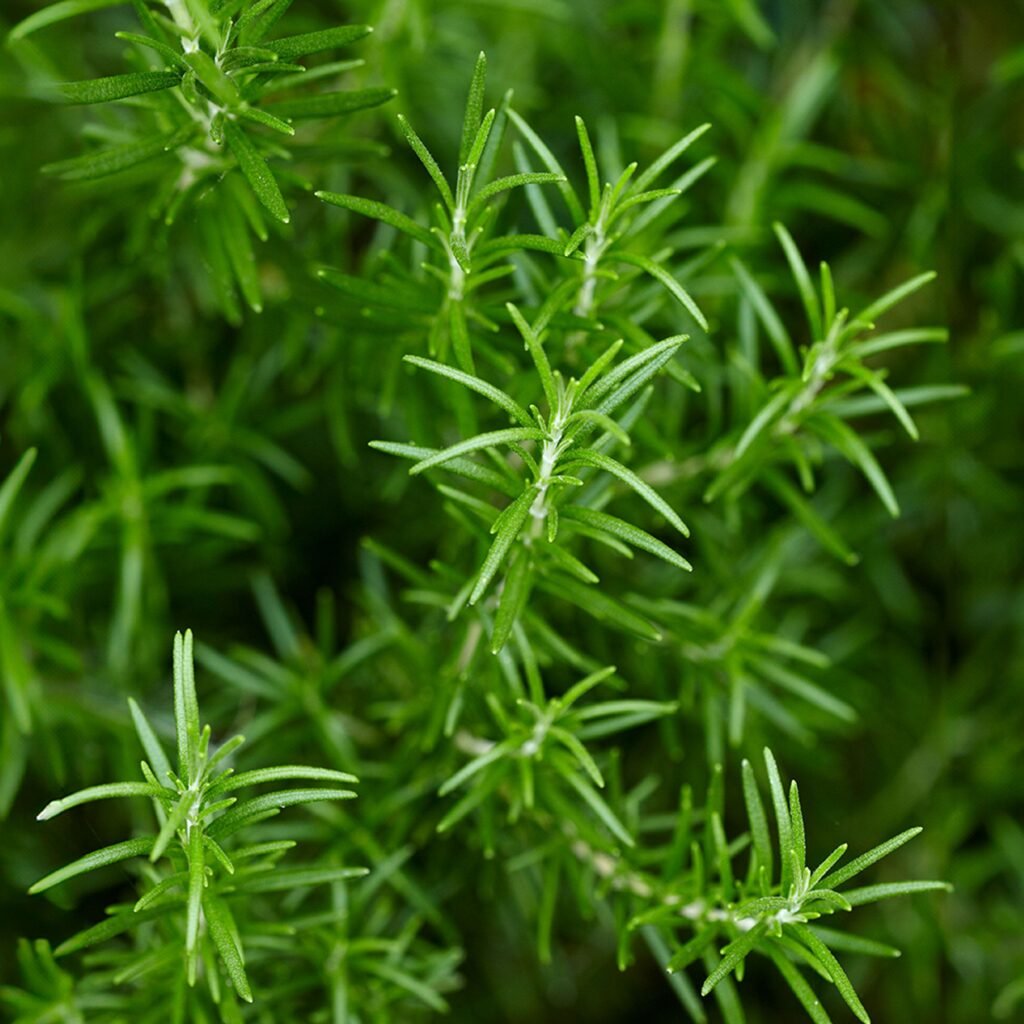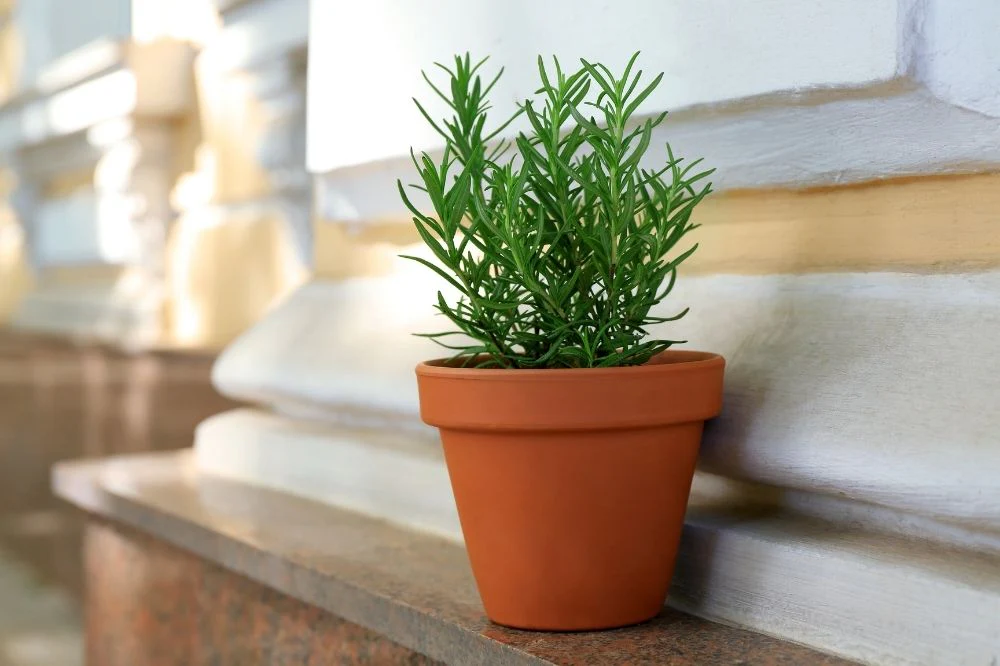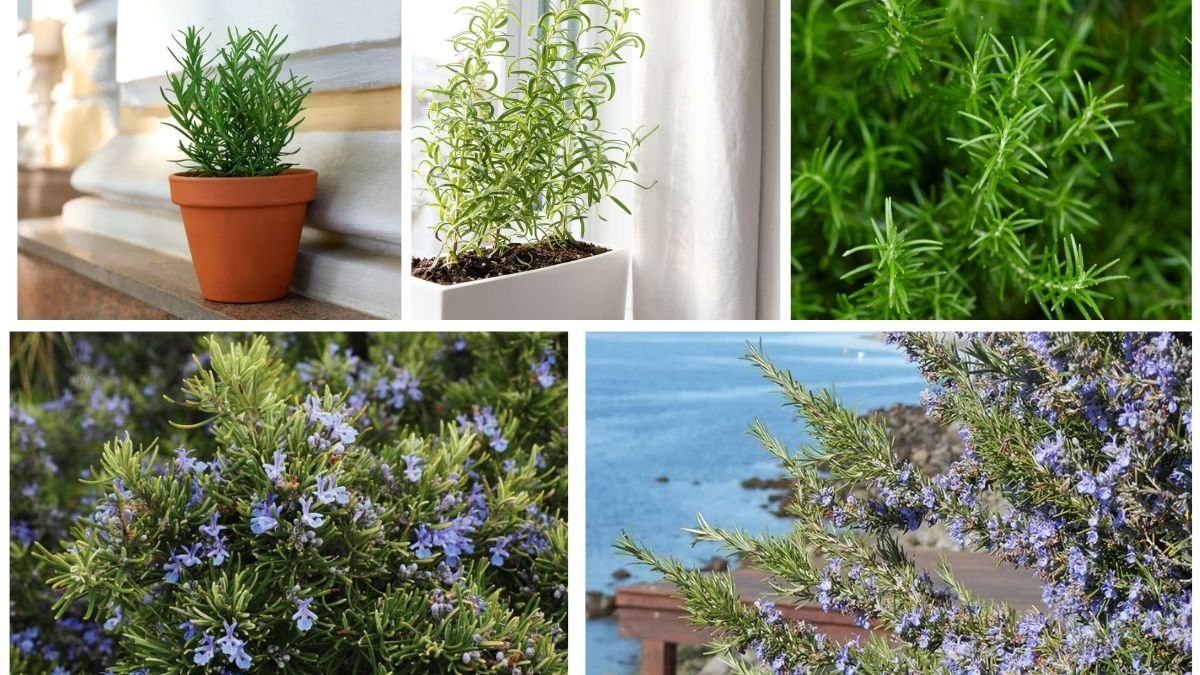Rosemary (Rosmarinus officinalis) is one of the most versatile and beloved herbs for both culinary and ornamental purposes. With its fragrant needle-like leaves, resilience, and health benefits, rosemary is a must-have in every home garden. The good news? Rosemary plants are surprisingly beginner-friendly, making them perfect for anyone who wants to start gardening without much hassle.
In this article, we’ll explore five beginner-friendly rosemary varieties that you can grow with ease. Along the way, you’ll also learn how to care for them, where to plant them, and how to make the most of their fragrant beauty and culinary uses.
Why Grow Rosemary?

Before diving into the specific varieties, it’s important to understand why rosemary is such a favorite among gardeners:
- Low Maintenance: Once established, rosemary thrives with little care.
- Drought-Tolerant: Perfect for regions with dry weather.
- Culinary Uses: Adds a unique aroma and flavor to meat, vegetables, soups, and breads.
- Medicinal Benefits: Rich in antioxidants and known for improving memory, digestion, and circulation.
- Ornamental Value: Its evergreen foliage and small blue, white, or purple flowers brighten up gardens and patios year-round.
1. Tuscan Blue Rosemary – Tall and Fragrant

Tuscan Blue rosemary is one of the most popular varieties for beginners. Known for its upright growth and beautiful deep blue flowers, this plant adds height and elegance to any garden.
Key Features:
- Grows up to 5–6 feet tall when planted outdoors.
- Produces strong, aromatic leaves perfect for cooking.
- Blooms profusely with vibrant blue flowers in spring and early summer.
Why It’s Beginner-Friendly:
Tuscan Blue rosemary is very hardy and forgiving. It tolerates heat, drought, and poor soil conditions, requiring minimal intervention once it’s established. Its upright shape also makes it easy to prune and harvest.
Growing Tips:
- Plant in a sunny spot with well-draining soil.
- Water only when the soil is dry; avoid waterlogging.
- Excellent choice for hedges or as a striking garden centerpiece.
2. Arp Rosemary – Cold-Hardy and Resilient

For those living in colder climates, Arp rosemary is a lifesaver. It’s one of the most cold-hardy rosemary varieties, surviving temperatures as low as -10°F (-23°C).
Key Features:
- Can grow up to 3–4 feet tall.
- Gray-green leaves with a lighter fragrance compared to Tuscan Blue.
- Produces pale blue flowers in late winter to early spring.
Why It’s Beginner-Friendly:
This variety’s resilience against frost makes it one of the easiest choices for gardeners in northern regions. Even if winters are harsh, Arp rosemary bounces back quickly in spring.
Growing Tips:
- Plant near a south-facing wall or in a container if winters are harsh.
- Minimal pruning required—just trim to shape.
- Great for seasoning soups, poultry, and roasted vegetables.
3. Prostratus (Creeping Rosemary) – Perfect for Ground Covers
If you’re looking for a variety that doubles as a decorative ground cover, creeping rosemary (Rosmarinus officinalis ‘Prostratus’) is the way to go.
Key Features:
- Low-growing, trailing habit, reaching about 2 feet tall but spreading wide.
- Cascades beautifully over walls, containers, or hanging baskets.
- Produces soft blue flowers that attract pollinators.
Why It’s Beginner-Friendly:
This variety is ideal for gardeners with limited space or those who prefer container gardening. Its trailing growth means less pruning and more visual appeal. It’s also drought-tolerant and can handle neglect.
Growing Tips:
- Works wonderfully in rock gardens or as an edging plant.
- Requires full sun and good drainage.
- Regularly trim to encourage denser foliage and prevent legginess.
4. Blue Boy Rosemary – Compact and Manageable

Blue Boy rosemary is a dwarf variety, making it a perfect choice for small gardens, patios, or even kitchen windowsills.
Key Features:
- Compact size, rarely exceeding 12–18 inches tall.
- Small, needle-like leaves packed with fragrance.
- Blooms with light blue flowers in spring.
Why It’s Beginner-Friendly:
Its compact growth makes Blue Boy rosemary incredibly easy to manage. Beginners don’t have to worry about constant pruning or dealing with a plant that outgrows its space. It’s ideal for container growing and quick kitchen access.
Growing Tips:
- Plant in small pots for indoor use or balcony gardens.
- Needs consistent sunlight—place near a south-facing window if indoors.
- Use well-drained soil and water sparingly.
5. Golden Rain Rosemary – Decorative and Unique
If you want a rosemary plant that stands out, Golden Rain rosemary is a unique option with striking variegated foliage. The golden-yellow streaks running through its green leaves make it as ornamental as it is useful.
Key Features:
- Medium-sized shrub, around 3 feet tall.
- Distinctive golden-green leaves.
- Delicate blue flowers that add seasonal charm.
Why It’s Beginner-Friendly:
Golden Rain rosemary is hardy, resilient, and requires very little maintenance. The added bonus is its decorative appeal, which means you get both beauty and function with minimal effort.
Growing Tips:
- Perfect for borders, decorative hedges, or patio pots.
- Needs full sun for the best leaf coloration.
- Avoid overwatering to prevent root rot.
General Rosemary Care for Beginners

While each variety has its own quirks, the following care tips apply to all rosemary plants:
- Sunlight: Rosemary thrives in full sun—at least 6–8 hours of direct sunlight daily.
- Soil: Well-draining soil is essential. Sandy or loamy soil works best.
- Watering: Allow the soil to dry out between waterings. Rosemary dislikes “wet feet.”
- Pruning: Trim lightly after flowering to maintain shape and encourage new growth.
- Fertilizer: Use a balanced fertilizer sparingly in the growing season.
- Container Growing: Choose terracotta pots with good drainage if growing indoors or in small spaces.
Culinary and Everyday Uses of Rosemary
Growing rosemary isn’t just about greenery—it’s about practical uses too. Here’s how you can make the most of your rosemary harvest:
- Culinary: Infuse flavor into roasts, grilled vegetables, breads, and infused oils.
- Medicinal: Brew rosemary tea for digestion and mental clarity.
- Aromatherapy: Use in essential oils, bath salts, or potpourri.
- Ornamental: Incorporate into wreaths, centerpieces, or dried flower arrangements.
Final Thoughts
Growing rosemary doesn’t require expert gardening skills—it’s a herb that thrives on minimal care and brings maximum rewards. Whether you’re planting the tall and fragrant Tuscan Blue, the cold-hardy Arp, the decorative Golden Rain, the compact Blue Boy, or the trailing Creeping Rosemary, you’ll find that each variety offers unique benefits for your home and garden.
For beginners, these five rosemary plants are the perfect starting point. With just a little attention to sunlight, soil, and watering, you’ll soon have a thriving rosemary collection that delights your senses, enhances your cooking, and beautifies your garden.






Leave A Comment